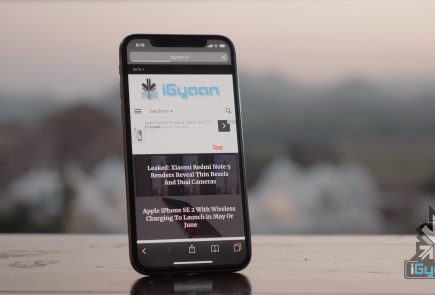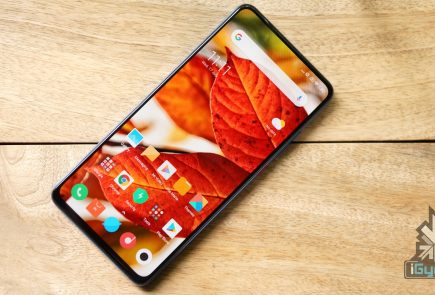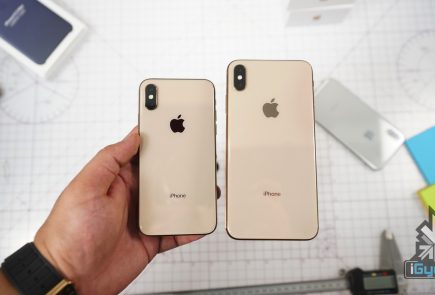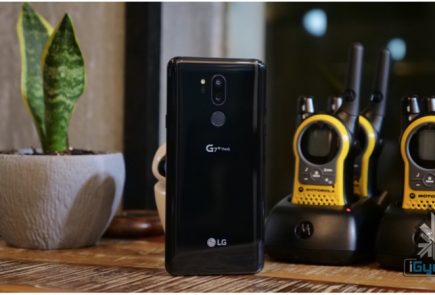Is the Jio Launch Leading Up To An Inevitable Fiasco That We Have Seen In The Past ?

Today the country is abuzz with the a revolutionary new service, yet to launch. In fact, people have been talking about Reliance’s JIO for almost two years now. The JIO effect being dubbed by publications each time a service provide offers a discount or reduces prices on their 4G services.
1.5 million sim cards have been reportedly given out by the company to willing early consumers who sign up for the service without reading the fine print of the 90 day free service offer. Reliance has done this in the past, tired to revolutionise the mobile industry and sell handsets masquerading under the “Dhirubhai Ambani Offer.”
For those with fresh blood, the above offer would require you to pay Rs. 501, for a new connection which would include a free Samsung CDMA handset with the Reliance branding. The actual price of the phone was around Rs 25000, and millions got on to the offer and exploited the services till they started getting bills in 5 figures or more for usage charges. People refused to pay these bills, and Reliance goons, in some cases, till date haunt those affected by this to claim money for services provided.
in 2002 Mukesh Ambani said :
This is the largest infrastructure and services rolled out by any new entrant anywhere in the world. In terms of complexity, it spans voice, data, video, audio and value added services.With an ‘every time, every place, every device’ network ethos, a sweeping span of services and a new breed of entrepreneurs, Reliance Infocomm will prepare India to take on the mantle of leadership in the knowledge age
Sure. Sounds familiar right? These exact claims are being made today.
Reliance Infocomm the birth child of this offer has since then converted to Reliance Communications, the launch was considered a total failure and set precedent that no payment plans could work in a country like India. Hence, we pay outright for iPhones and Galaxy S flagships, instead of a payment plan seen in most countries, Thanks Reliance!
The Quint, recently enlightened the world on the 5 things that most users don’t know about the JIO preview offer, and it is a good place to start to understand the JIO effect.
However, there are several other things that need to be highlighted about Reliance and their communication business to understand if JIO is set to be the best ever mobile network or a big failure.
Reliance has always been big on promises but poor on deliveries. A company that lacks a general direction of customer service and rates extremely low on the customer satisfaction index. Reliance’s revolutionary CDMA services are nearly extinct and no major manufacturer released a CDMA phone in India this year. In countries like the US, CDMA services from SPRINT and Verizon in some cases seem to perform better than the GSM providers. Most CDMA network providers globally are shifting to 5G networks. In India on the other hand, they seem to be winding up operations.
Reliance is operating the JIO offer without an actual go ahead from the Government, this offer in which you the user, are using the services which allow Reliance Industries to do business without really paying the government spectrum charges and other fees that a commercially launched network has to pay. So each of the 1.5 million users are accomplices in a scam of a colossal scale. Cellular Operators’ Association of India (COAI), the network industry body, accused Reliance of falsely claiming that it is in testing mode.
However, the story is not so simple, and no the government probably won’t arrest you and parade you to a jail cell or sue you for the spectrum charges (hopefully). But, it seems that things are already sketchy before launch, fake promises of launch among an already poor infrastructure of voice services.
The JIO network also requires VOLTE to communicate effectively, however, no other provider at the moment offers VOLTE, so that will only work between JIO to JIO calls. Also, VOLTE as a technology is not available on every 4G enabled phone, which could restrict usage to either no voice calls, or buying a new phone with your new service.
Every one on JIO using the services is extremely impressed by the speeds of the 4G network, which will go down monumentally the minute millions of users jump on their network and start to use the services in busy cities.
Here are a few things that are already established,
- JIO is not yet operating within the rules set by the Government.
- There are already reports (acknowledged by JIO) of an extremely poor voice network.
- Too much hype and too little product.
- Poor customer service and Customer recall.
- Lowest levels of customer satisfaction.
- Past Failures in Mobile telephony.
That being said, we should not judge people for their past mistakes, especially if they have paid heavily (or incurred heavy losses). Reliance is once again trying to change the mobile industry in India exactly 14 years after its first failure. However, it seems that the approach is too similar to ignore. Cheaper than usual handsets (LYF smartphones), promise of high quality service, and free data offers. Reliance has always focused on making things cheap, for the masses, but has often disappointed.
While the other network providers are not great, Airtel and Vodafone suffer huge network outages, despite open network promises. Don’t bother discussing the State carriers. People are extremely happy with services of a provider that works for them. Some are loyal to Airtel and some to Vodafone, while Tata Docomo (Indicom ) users swear by the good network strength (where it works ).
It’s evident that no network is perfect, but the JIO launch is far from it, and as consumers Indians are much smarter than they were in 2002. But, as a community, our consumers are often temped by something that is cheap. Reliance JIO promises to be the cheapest Data and Voice carrier in the country and for now that sells, just like hot cakes.
People need to be careful before signing on to a postpaid contract, read the document carefully, you may be charged for services that you may not need. JIO’s end aim is to monetise the millions of customers it can retain from its free campaign, which at the end is a full blown marketing stunt, categorised under modern advertising.
Hopefully, JIO keeps up to its promises and does not turn out to be another “Dhirubhai Ambani Offer”, and turns out to be a healthy competition for network providers along with being capable of providing improved customer satisfaction. In that situation, there is only one winner, the consumer. Right now, however, this is not the case.























